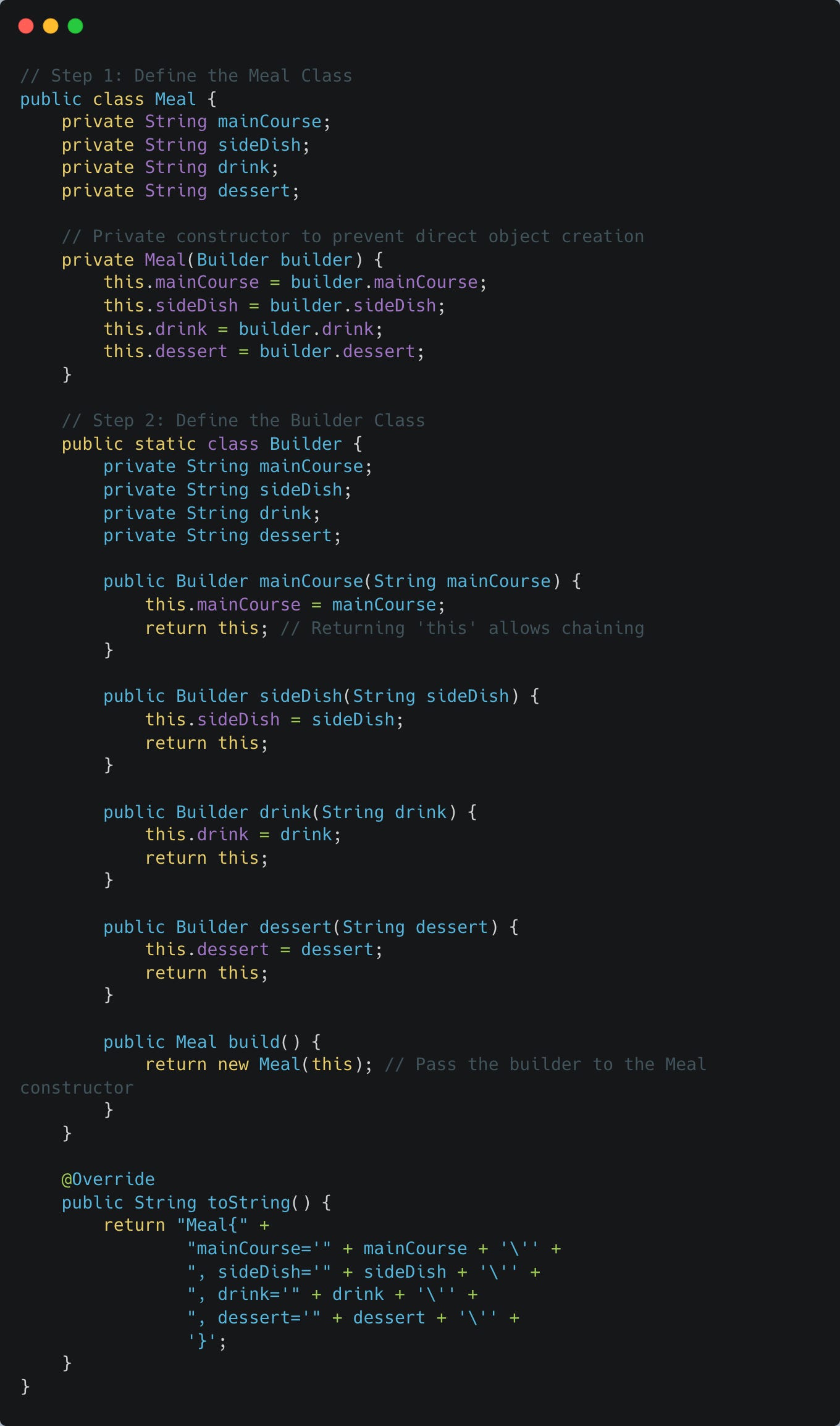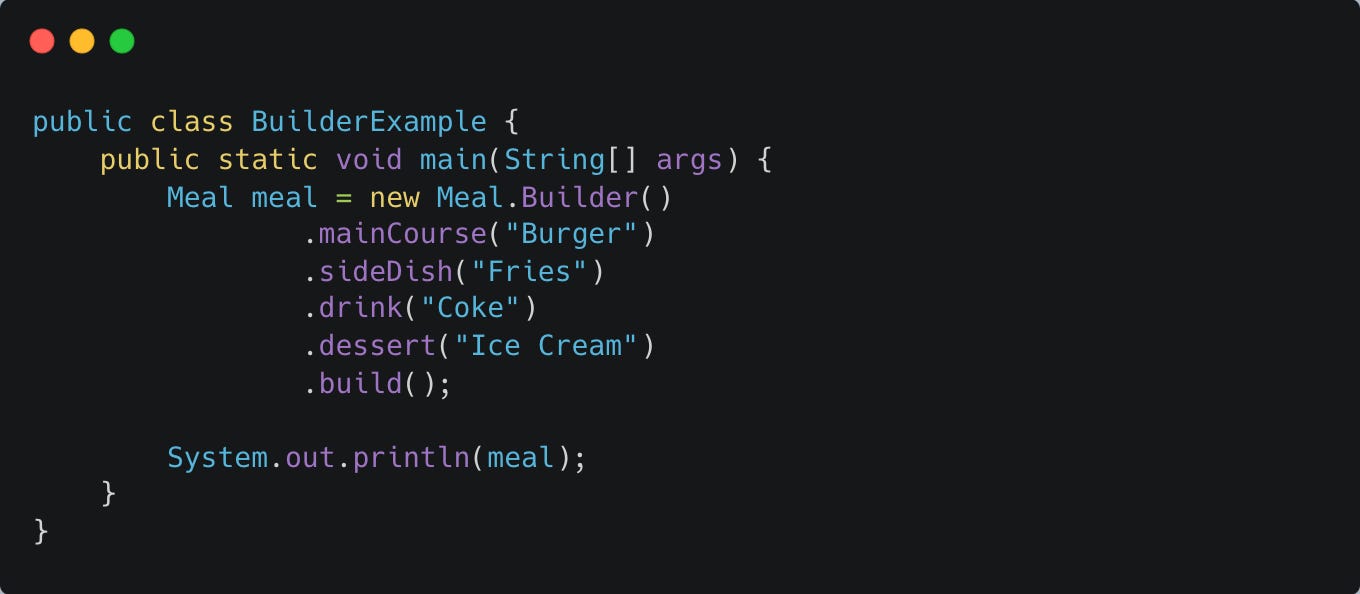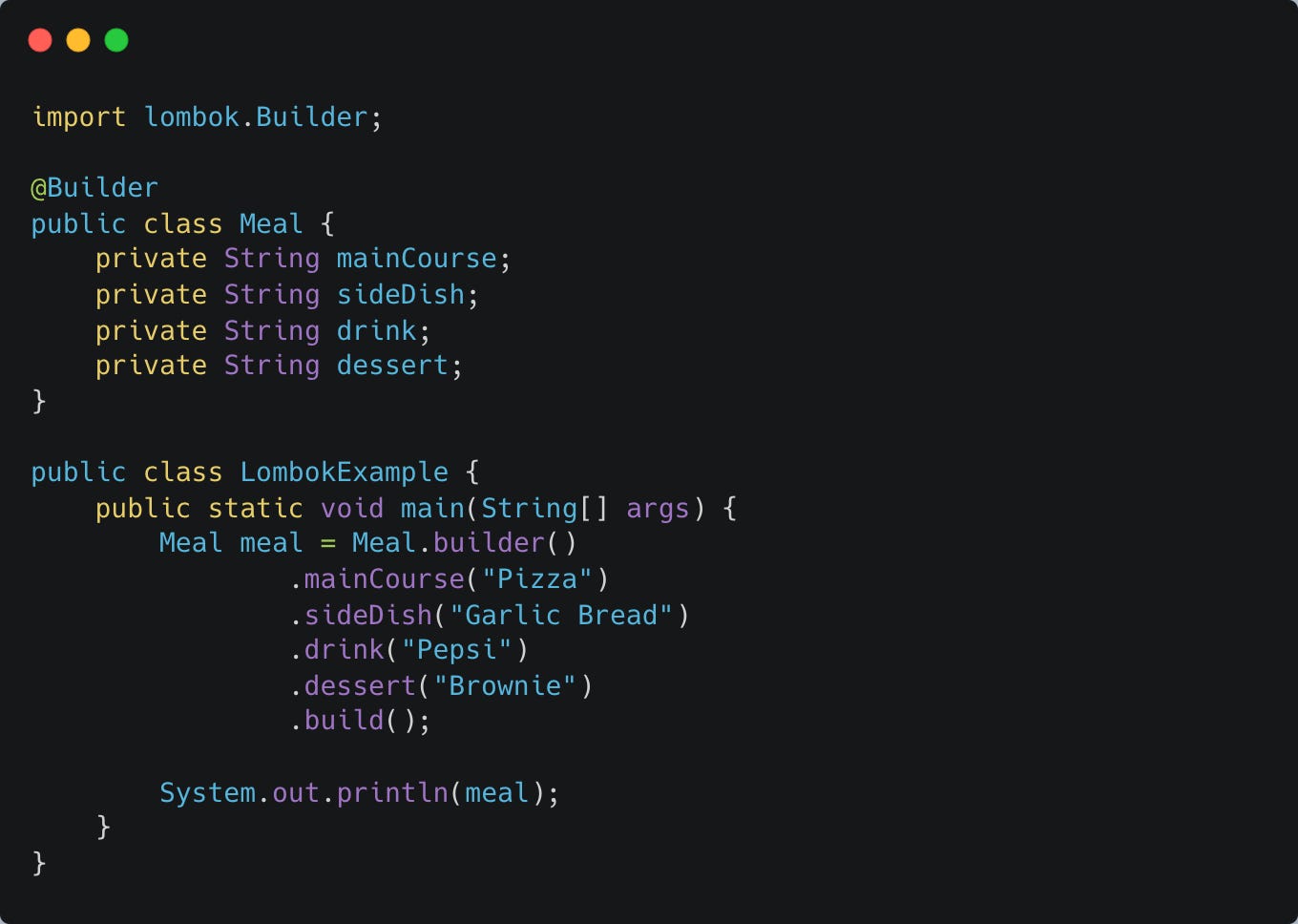Building complex objects in programming can sometimes become overwhelming, especially when these objects have many optional parts or attributes. The Builder Design Pattern helps to simplify this process, making your code more readable and easier to manage.
What is the Builder Design Pattern?
The Builder Design Pattern is a way to construct complex objects step by step. Imagine trying to assemble a custom computer. You don’t just dump all the parts into a box and hope it works. Instead, you carefully add each part in a specific order: the processor, memory, storage, etc. The Builder pattern works similarly. It allows you to build an object piece by piece rather than all at once.
Why is it Useful?
Readability: Instead of having a long list of confusing parameters in a constructor, the Builder pattern lets you see clearly what each part of the object is.
Flexibility: You can decide which parts to include and which to leave out.
Avoid Mistakes: It reduces the chance of errors, like accidentally switching the order of parameters.
Let’s See a Real-World Example
Imagine you’re ordering food at a restaurant. You can customize your meal by choosing:
A main course (e.g., Burger, Pizza)
A side dish (e.g., Fries, Salad)
A drink (e.g., Soda, Juice)
A dessert (optional)
In programming, representing this meal could get messy if you try to include all these choices in one constructor. Here’s how the Builder pattern solves this problem:
Using the Builder
Here’s how you can use the builder to create a custom meal:
Output:
When Should You Use the Builder Pattern?
The Builder pattern is helpful when:
Objects are Complex: When an object has multiple parts or optional attributes.
Example: Creating a report with a title, table of contents, sections, and optional charts.
Code Needs to Be Readable: Long parameter lists in constructors can make your code confusing.
You Want Flexibility: It allows you to easily add or skip parts of the object.
Examples in Real Life
Configuration Setup: Setting up a complex framework like Hibernate with many optional settings.
User Interfaces: Creating complex GUI components with many options.
Game Development: Customizing game characters with different weapons, outfits, and abilities.
Advantages of the Builder Pattern
Clean Code: Makes the object creation process easier to understand.
Immutability: Objects created with the Builder are often immutable (cannot be changed), which is safer in multithreading environments.
Customizability: You can easily create different variations of the same object.
Avoids Constructor Overloading: You don’t need to create multiple constructors for different combinations of parameters.
Disadvantages
More Classes: You have to write an extra Builder class, which can feel like overkill for simple objects.
Verbose Code: The pattern can become wordy if the object has too many attributes.
Not Ideal for Simple Objects: For straightforward objects, using this pattern might complicate things unnecessarily.
How to Overcome the Disadvantages
Use Libraries to Reduce Boilerplate:
For example, Lombok provides an
@Builderannotation to automatically generate a Builder class for you.
Example:
Use It Only When Necessary: For simple objects, stick to regular constructors or Factory patterns.
Reusable Builders: Create builders that can be reused for similar objects to avoid duplication.
Conclusion
The Builder Design Pattern is a versatile and powerful tool for creating complex objects in a clear and flexible way. While it may feel verbose at first, the benefits of readability and maintainability often outweigh the drawbacks. Start by using it for objects with many optional fields, and you’ll see the difference it makes in your code quality!
If you found this explanation helpful, let me know in the comments or share how you’ve used the Builder pattern in your projects!





